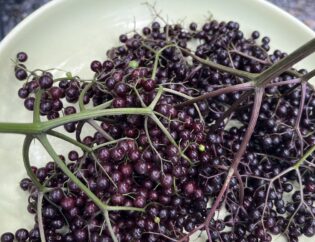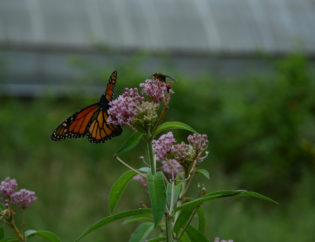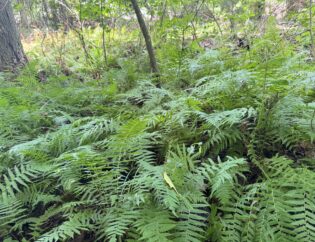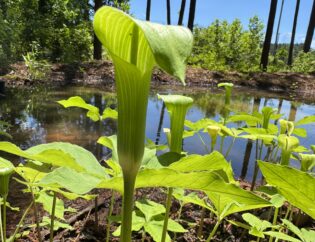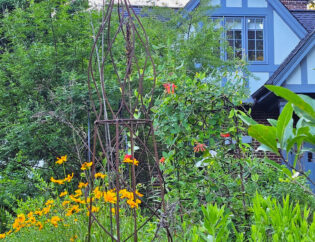
Creating Outdoor Spaces That Connect Children with the Natural World
by Nancy Striniste. Illustrations by Jennifer Ren. 2019. Timber Press. Portland, Oregon.
288 pages.
Review by Sloane D. Robinson
The way children spend their time and play has changed- not a small issue for parents today. We worry about too much screen time and not enough imaginative play. Gone are the days when children could roam freely in the natural world. Or, maybe not! In Nature Play at Home, Nancy Striniste informs us on the importance of children having access to nature-based play landscapes while providing innovative ideas and ways to use organic materials to make your community space or backyard into a fun and inspiring environment for young ones to enjoy.
The author, a landscape designer has a background in children’s education and development, stresses the importance of this new/old way of play by citing reports and research such as Richard Louv’s Last Child in the Woods. The inclusion of the data convinces the reader why elements from nature in play are essential in our children’s overall health and wellness. But this book is so much more than an informed how-to manual. The author blends the academic information with the personal. And that’s what is so lovely about this book.
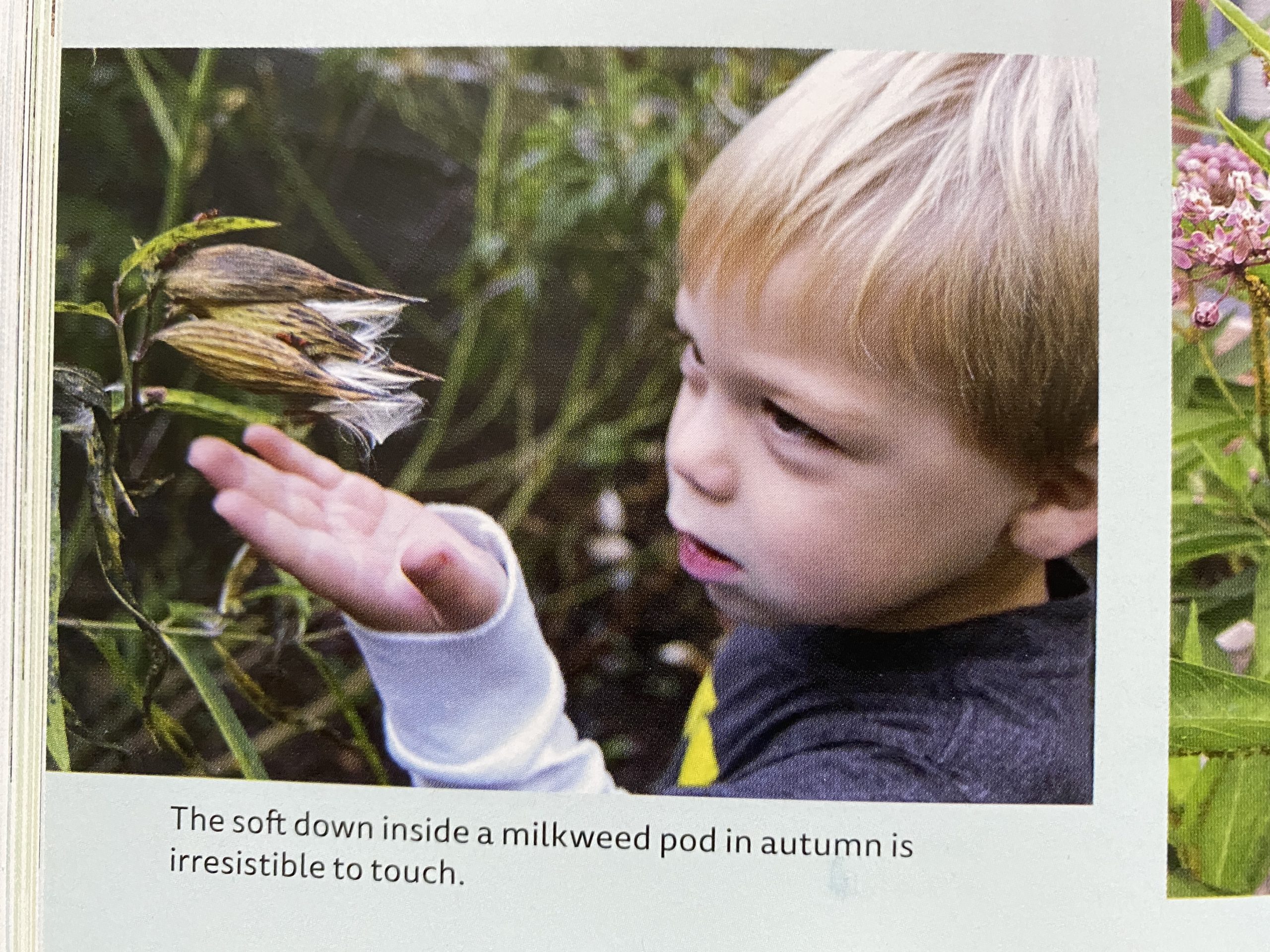
The book is divided up into chapters that highlight different features of what outdoor spaces can provide. Starting with the Arranging Spaces section, Strinste lays the groundwork and you can not help but be inspired by the images. Her designs feel doable, perhaps because the spaces do not try to order nature.
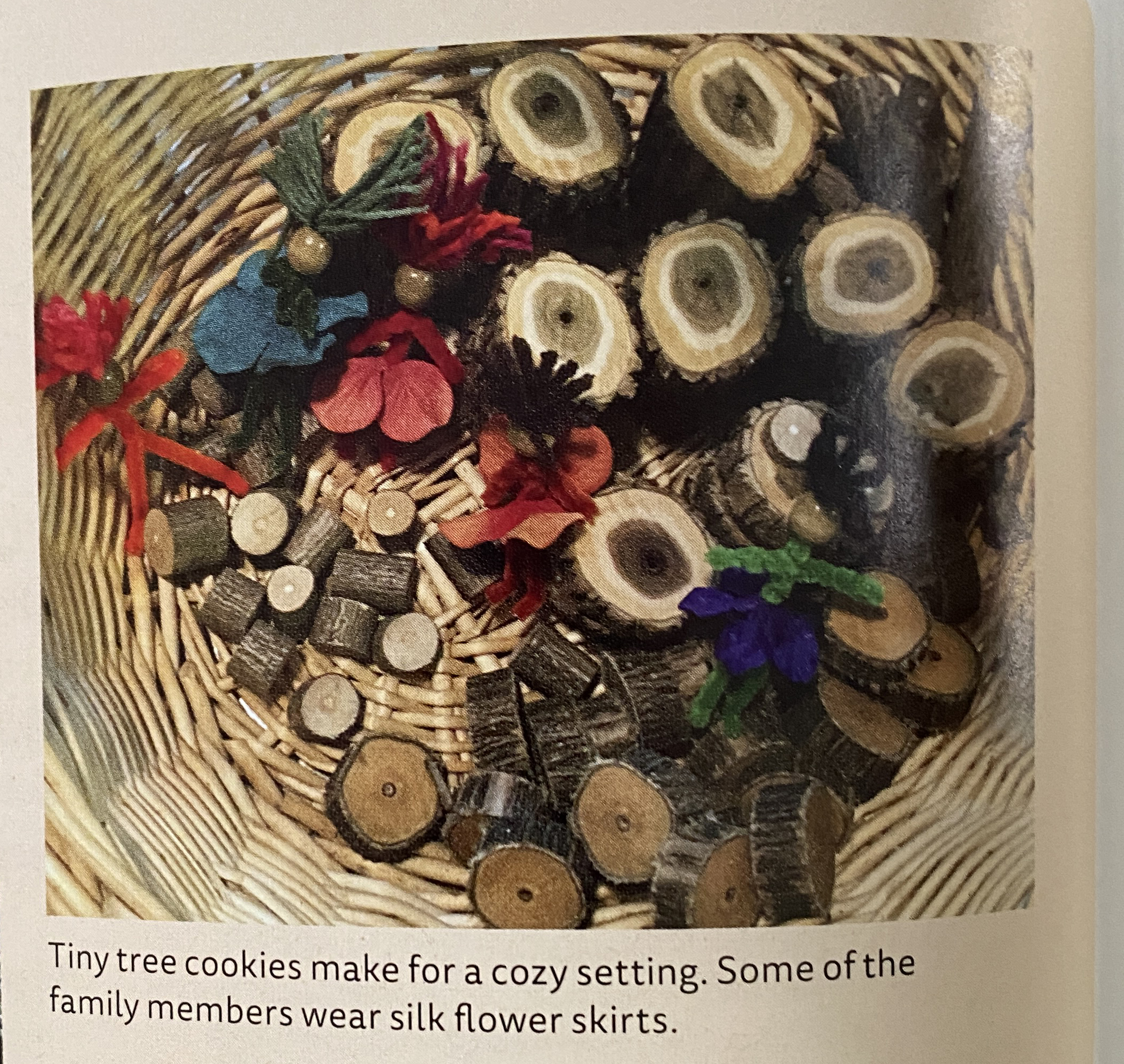
Looking at the variety of suggestions, one gets a sense of an acceptance to ‘go with the flow.’ My favorite chapter is Inviting Nature; the children’s explorations of the plant and insect world flora and fauna seem to lift off the page.
Another thing I love about what Strinste has done is she lists plants in each section and describes how the species may assist in child’s delight. She also highlights wonderful natural objects one may use for building spaces to create a tactile environment for the child such as “tree cookies.”
Although the spaces pictured do show children enjoying real play in the thoughtfully wild world, the author gives attention to safety, as well.
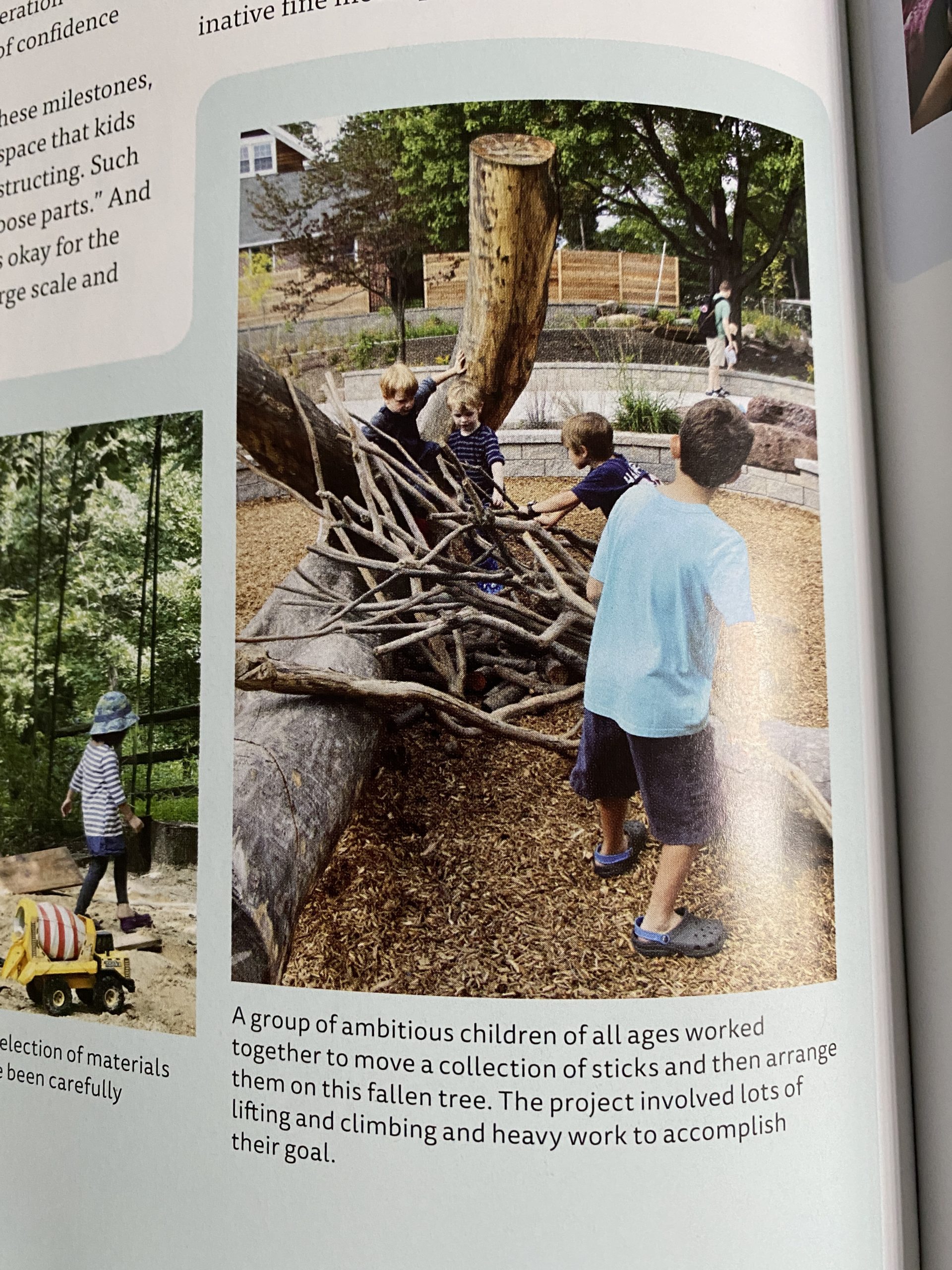

Nature Play At Home is wonderfully comprehensive and puts forth inspiration to construct verdant spaces for children to grow and play in the natural environment while moving the reader without overwhelming or boring us.
